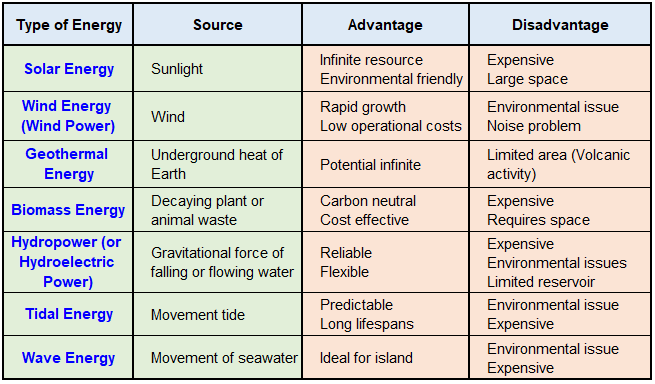Description

Copyright infringement is not intended
Context: Government approved the scheme on Green Energy Corridor Phase-II for Intra-State Transmission System (InSTS).
About Green Energy Corridor Phase II
Project Timeline: 2021-22 to 2025-26 fiscal years.
Budget outlay: Rs 12,031 crores.
- The Central Financial Assistance (CFA) will be 33% of the project cost, that is ₹3,970.34 crore.
- CFA will help in offsetting the intra-state transmission charges and keep the power costs down.
Aim:
- To facilitate grid integration and power evacuation of about 20 GW of renewable energy projects in seven states— Gujarat, Himachal Pradesh, Karnataka, Kerala, Rajasthan, Tamil Nadu and Uttar Pradesh.
- To help India meet the pledge it made at COP26 climate summit.
- To add around 10,750 ckm of transmission lines and 27,500 MVA of transformation lines and substations under phase II
What is India’s climate commitment?
- India has pledged to increase its non-fossil fuel power generation capacity to 500 GW by 2030, meeting 50% of its energy requirements.
- It would help India to bring down its carbon footprint but also save on foreign exchange.
What is the Green Energy Corridor project about?
- Overseen by: the Ministry of New and Renewable Energy (MNRE).
- Aims: to “synchronise electricity produced from renewable sources, such as solar and wind, with conventional power stations in the grid”.
- Significance:
- It will evacuate the large-scale green energy produced under the Intra State Transmission System (InSTS) project sanctioned by the MNRE in 2015-16.
- Will link it to the load centre of the national grid so that it can be distributed for use.
Objective of Scheme on Green Energy Corridor
- To achieve the target of 450 GW installed RE capacity by 2030.
- To contribute to long-term energy security of the country and promote ecologically sustainable growth by reducing the carbon footprint.
- To generate large direct and indirect employment opportunities for both skilled and unskilled personnel in power and other related sectors.
GEC Phase-I
- It is under implementation in Andhra Pradesh, Gujarat, Himachal Pradesh, Karnataka, Madhya Pradesh, Maharashtra, Rajasthan and Tamil Nadu for grid integration and power evacuation of about 24 GW of RE.
- The Phase-I is for addition of 9,700 km of transmission lines and 22,600 MVA capacity of substations having estimated cost of transmission projects of ₹10,141.68 crore, with CFA of ₹4,056.67 crore.
What is Renewable energy?
- Renewable energy is energy that is collected from renewable resources that are naturally replenished on a human timescale. It includes sources such as sunlight, wind, rain, tides, waves, and geothermal heat.


https://www.thehindu.com/news/national/govt-approves-green-energy-corridor-phase-ii-with-12000-crore-outlay/article38149652.ece













